Wildfire in a densely populated area—like any hurricane, flood, earthquake, tsunami—is a longtime upheaval to that place.
The trauma of a fire sends its tendrils far beyond the actual flames; it affects anyone who has a relationship with the burn area. Besides those who live there, there are those who work there, those who grew up or visit often, those who own businesses providing services for residents, extended families of residents, and on and on. The circles spiral out from the immediate area, growing and bumping out into larger pools of those who are and will be affected by the flames.
Hundreds or thousands of miles away, the people who have lived through other fires revisit their trauma again, taking shallow breaths as they pull in their clenching torso while memories flood their bodies.
I was 8 months pregnant when the Oakland fire roared through the hills where we lived. We were spending the day across the Bay, my daughter and I visiting my parents whilst my then husband helped a friend with a construction project on his house.
A flashing notice came on the TV about a fire that had just started in the Berkeley Hills on the Oakland border. It was mid-October, and the Diablo Winds (our version of the infamous Santa Ana winds) were doing their hot erratic blowy thing. It wasn’t long before the TV coverage was constant and they put up maps with the ever-growing burning and evacuation areas. We weren’t in the evacuation zone yet, but it was getting closer.
I called my husband and after talking a bit we realised there wasn’t anything we could do. I called my Aunt who lived near our house but farther away from the fire, and asked her to pick up our dog and keep her until we knew more.
And then we waited. I watched the TV coverage of flames burning up whole hillsides. Every once in awhile, I would gasp, seeing the front of houses I knew well, now with flames curling around brick staircases and jasmine framed windows. I was also trying NOT to watch too much TV and scare my two-year-old, who fortunately was distracted by her grandfather.
Eventually it came time to decide what to do: we were still not in the evacuation zone, but it was just a mile and one canyon away. Since we hadn’t brought anything important with us, we wanted to get home to pack up what was valuable and be ready to go in a hurry. My parents of course did not want us to leave. They had a point: we weren’t sure how bad the smoke would be at home, or if we had power or water, and we had a small child plus me being pregnant. But we felt a primal pull to get home, to see for ourselves, and to pack up what we could to have a chance at saving something.
It took us a long while to get home. We zig-zagged around various closed roads, sat in horrendous freeway traffic, and navigated through increasing late-afternoon dim smoke-light. As we drove into our small neighbourhood, most cars were parked ready to go on the street in front of the house, or on the driveway facing out, fully loaded with suitcases and bags. It was very still and quiet. Usually there would have been people out in their garden, walking their dogs and kids playing games in the street. Now there was no one out.
We got home and immediately pulled out valuable papers and passports and photographs (we were pre-digital then), and made a list of a couple pieces of artwork and a few other family valuables we wanted to grab at the last minute. After that we just felt numb. What else is there that is so important? What else couldn’t be replaced? We packed it all by the door, and tried to not watch the news. We were exhausted and needed to sleep.
The next morning came eventually. By then the fire danger was lower and although it was not fully controlled for a few more days, it was mostly contained. Our house and our neighbourhood was safe; we were the very lucky ones. The fire destroyed 2,843 houses and 437 apartments and condominiums of nearby neighbours. It killed 25 people.1
We had several friends who lost their homes, their photographs, their valuable papers, their family heirlooms, their kids’ drawings stuck on the refrigerator. The community mourned, gave out a lot of hugs, and began the long road to rebuilding.
The circles, the ripples ever expanding, leave their marks.
In the last few days I’ve read about two quite opposite feelings that have stirred my thinking.
One is the action of stripping back in winter, like plants, to the barest of structures needed to survive. Similar to the involuntary ‘paring’ that occurs when a fire (or any other calamity) takes everything away from us. When we are stripped to the barest essentials, we realise what is most important, the things we need to survive. It is freeing, and can help us move forward with a new clarity.
I’ve also read about the value of ‘things’ that remind us of our past selves, of people and places that are important. Some call it clutter. The things aren’t important, necessarily, it is the part of your life they represent. They remind us of what we are capable of, who we love, and when and how our heart was happy. We need those reminders too; they bring joy and comfort.
I hold both those ideas in my head and my heart. I love the feeling after the holidays of stripping back the house to the simplest of decor (except fairy lights, I always have fairy lights), the sense of openness and space. We pull in light in the dark January and February days, and clearing back helps. But I also have books holding ideas that inspire me, and small treasures from my travels that remind me of the possibilities in the world. These tease the corners of my view as I write.
My heart goes out to all the people who due to natural disasters—and of course political upheaval and wars—are forced to cope with only the bare essentials, and don’t have the choice to hold both ideas in their minds. There is no treasured book or wooden box to remind them of what once was and who they were. For now, there are only the bare essentials.
Thank you for being here this week, and reading along. Wishing you all the things that bring you joy and the peace that can come from a purposely stripped-back life.
xoxo Sabrina
Clicking the little ❤️ button helps other people find this, and triggers a little happy dance! 💃
If you know anyone who might like to read these posts, feel free to send this one their way. Just click this button here:
And if you aren’t subscribing already, here’s the button for doing that (it’s free!):
https://en.wikipedia.org/wiki/Oakland_firestorm_of_1991




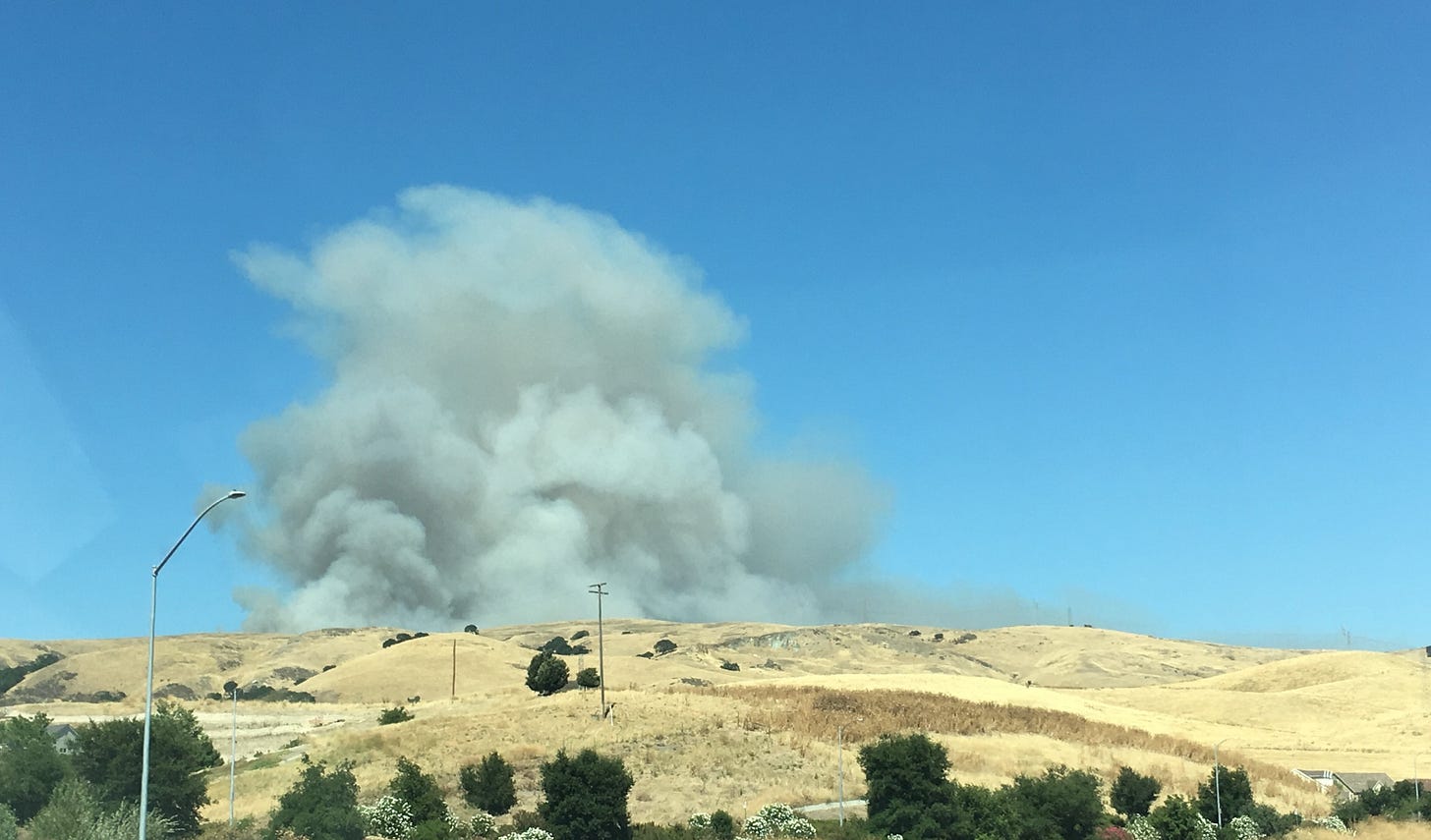
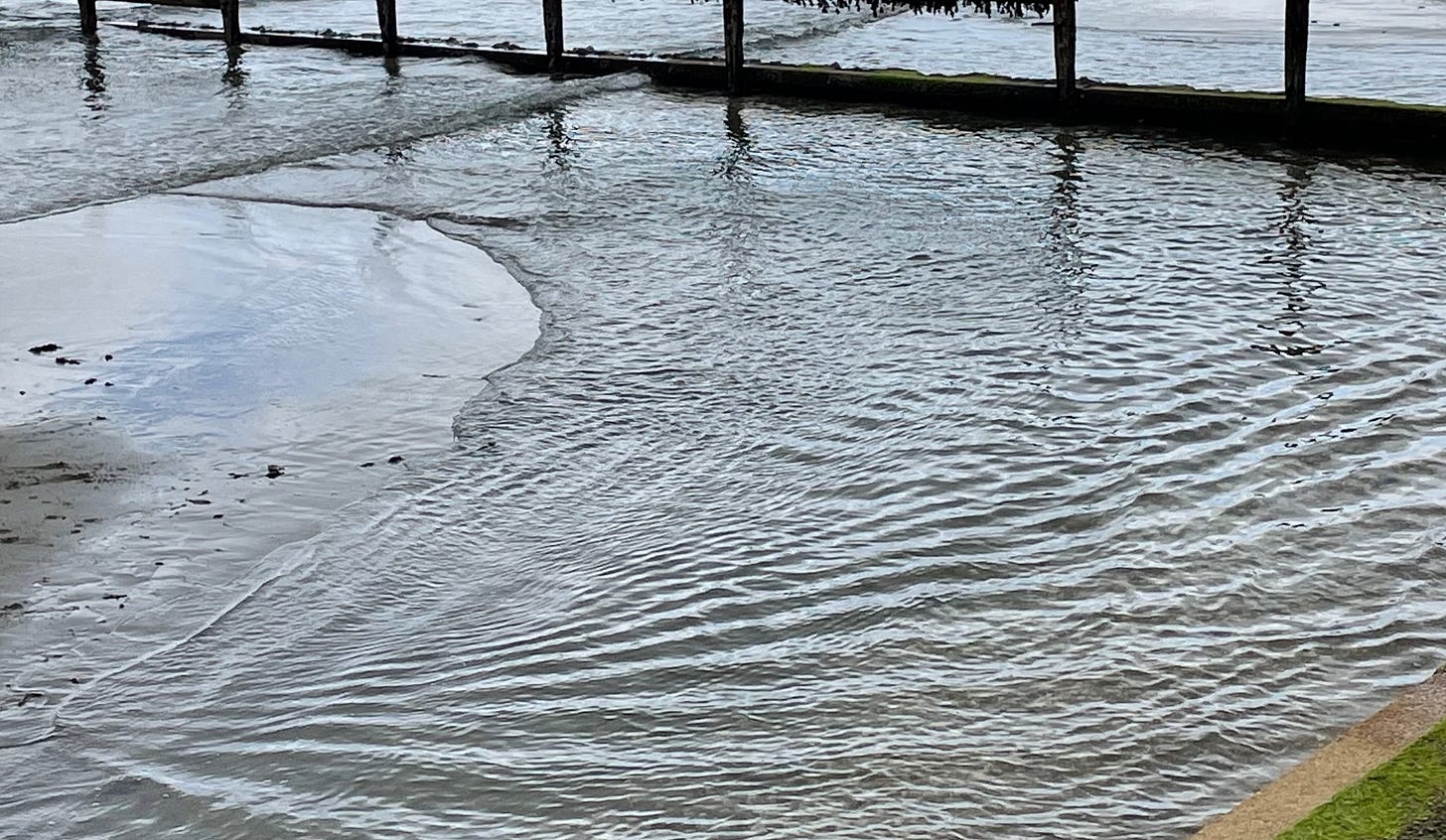
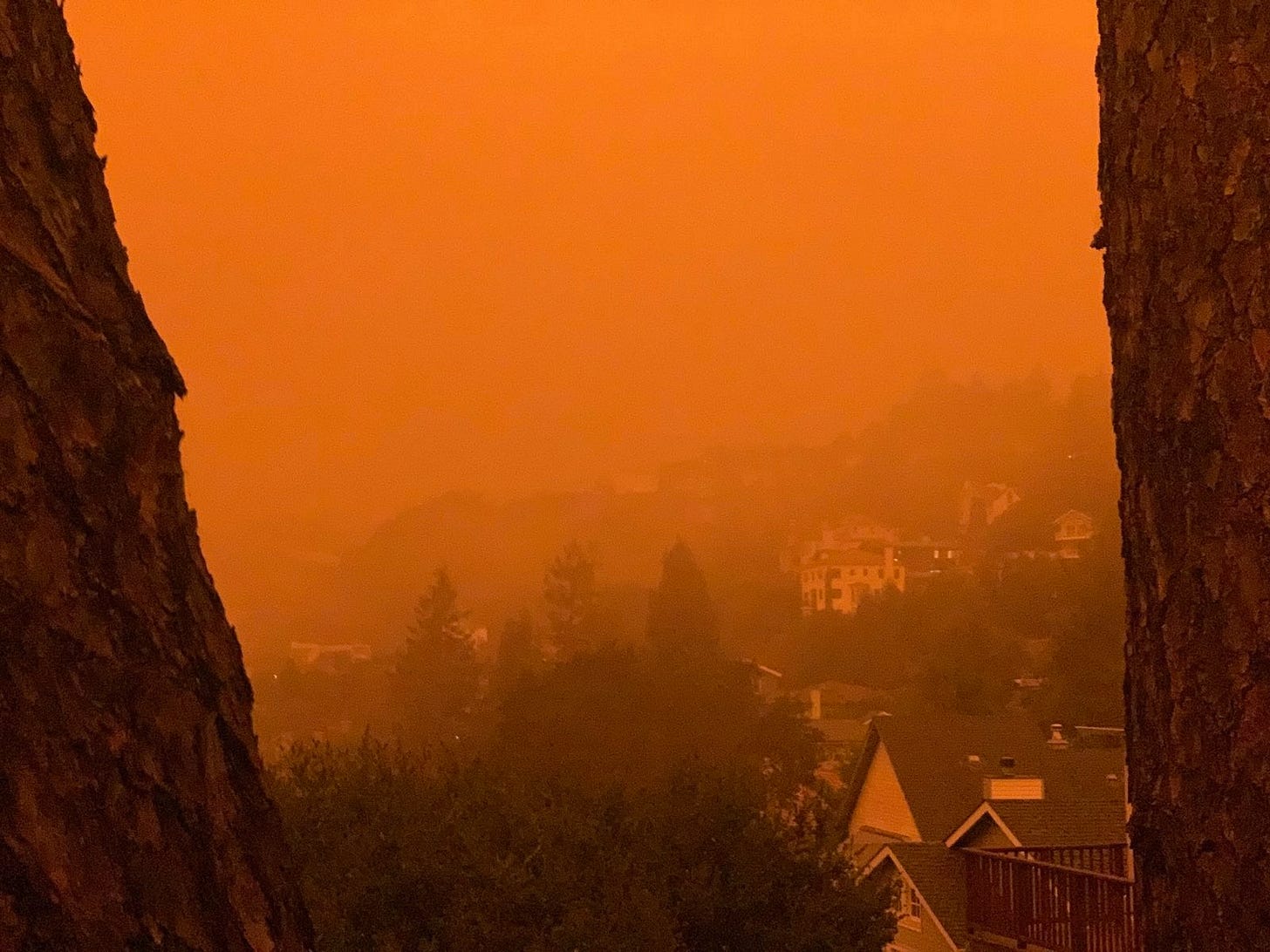
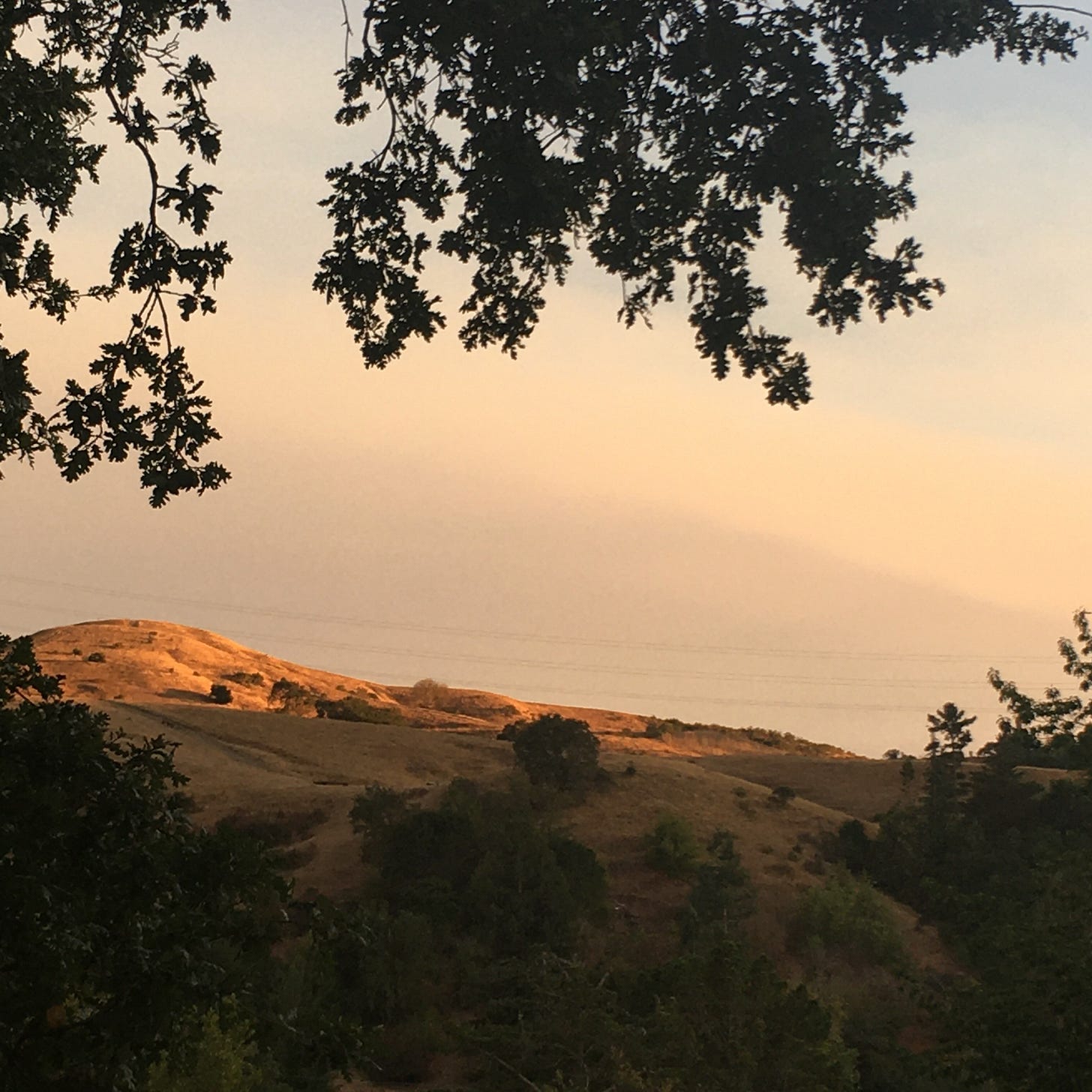

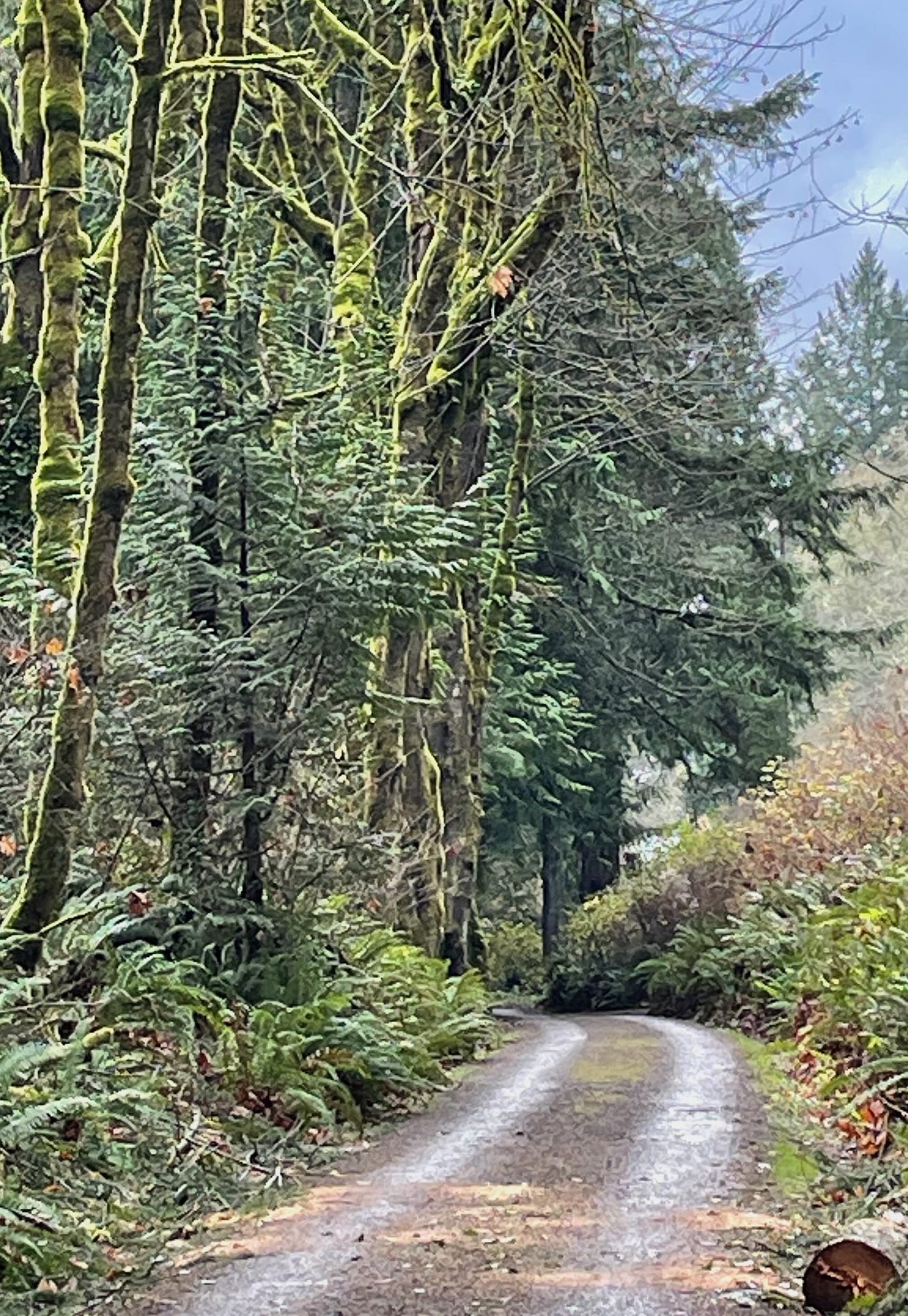
I had no idea you were up close to the fire. What a trauma to have experienced! I saw it from a distance, literally. From San Francisco's Telegraph Hill it looked like a volcano blowing up with black smoke belching from the side of the hills. Ash containing paper from the burning homes rained on the city streets: parts of books, handwritten letters, recipes. My cousin and his widowed father lived in Broadway Terrance in the path of the fire. I thought about driving my truck over to help them evacuate but it had been years since I visited and wasn't sure if I could find my way to the house. I decided not to put myself in harms way as well as get in the way of the emergency vehicles and firefighters, but I felt guilt about that decision for years. My cousin's home was the last home burnt at the line of destruction. Their neighbor's home and beyond were untouched. Witnessing this from a distance was unsettling but nowhere near the actual experience you had. And like you said, this is a longtime upheaval that takes years to recover from.
Wow, that's quite the story. Although I wasn't living in CA, I do remember it on the news. I was thinking about the Oakland fire as I watched Pacific Palisades and Altadena burn. Winds like the Santa Ana's are unique to just SoCal but as you experienced similar phenomena occur elsewhere. Several years ago an entire very large subdivision outside Denver was overrun by fire fanned by strong downslope winds off the Rockies, in January! Just because it's winter doesn't mean major fires can't occur. Welcome to the new norm. We occasionally get a prairie fires here in the winter when a stubble wheat field catches fire during a chinook wind event. In Sept 2020 there was a significant fire outside Bozeman. It started as a relatively little smoke but the forecast was for increasing winds and within 24 hours the fire crested a small ridgeline and ran up a canyon with many residences. In the end 7000 acres were scorched and 39 homes lost. Our former neighbors survived it but were made keenly aware of the risk of living in a wild land setting, sold the house and moved to town. Thanks for sharing.